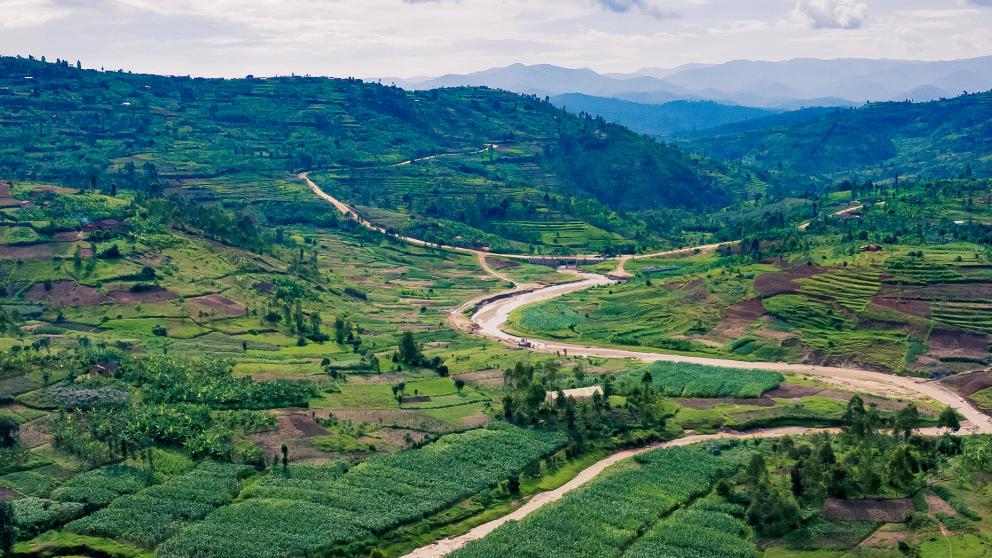
Building a carbon credit portfolio that delivers
Comprehensive portfolio management: effective, reliable, and future-ready.
Guide: Building a carbon credit portfolio
This guide provides a step-by-step framework for building a high-quality carbon credit portfolio. Learn how to select project technologies, develop a pricing and procurement strategy, identify credible suppliers, and make informed purchasing decisions.
Download for free
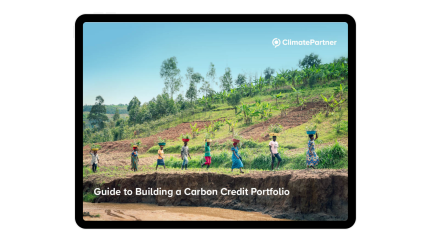
Maximise your impact
The voluntary carbon market is expanding rapidly, with significant price fluctuations and projected annual growth of 40% by 2030. At the same time, climate projects are under growing scrutiny. This creates a challenge for companies: demonstrating real climate impact while navigating a dynamic and complex market. A well-diversified carbon credit portfolio helps manage this by providing cost stability, meeting regulatory expectations, and delivering immediate, measurable results.
Supported from the start with expertise
A high-quality carbon credit portfolio requires planning, structure, and individual guidance. We start with an initial conversation to understand your needs and define next steps.

Developing a portfolio strategy
A well-structured portfolio reflects your decarbonization goals across technologies, regions, and standards. ClimatePartner designs portfolio strategies that reduce risk and deliver measurable impact.
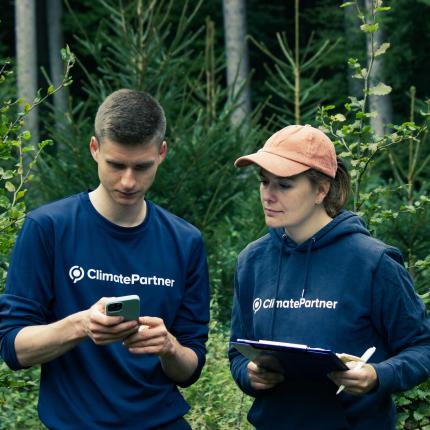
Analysing projects
Climate projects vary in quality, impact, and co-benefits. ClimatePartner conducts in-depth analyses and identifies the right mix of projects for your goals.
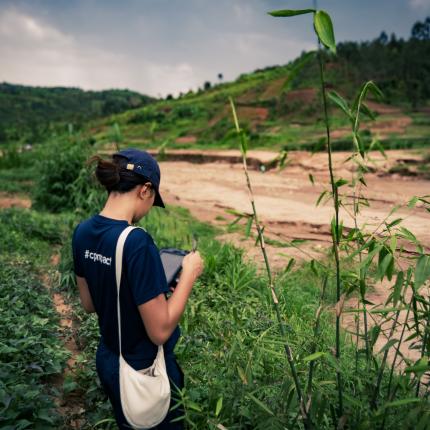
Active portfolio management
Effective portfolio management requires market insight, access to reliable project suppliers, and technical expertise. ClimatePartner handles the full operational process from VER procurement to retirement, including reporting and due diligence.

Five steps to a diversified carbon credit portfolio
Define strategic goals | Establish a clear sustainability strategy and determine the role carbon credits will play in achieving your overall decarbonisation objectives. |
Set portfolio criteria | Identify key attributes for your carbon credit portfolio such as technology, standards, co-benefits, vintage, and region. |
Plan procurements | Outline your budget, volume needs, and delivery timeline to guide pricing and sourcing decisions. |
Assess and verfiy projects | Evaluate potential project suppliers and conduct structured due diligence to ensure quality and manage risk. |
Communicate your impact | Share your climate action transparently to build trust with stakeholders, investors, and customers. |
Highlights from our project portfolio
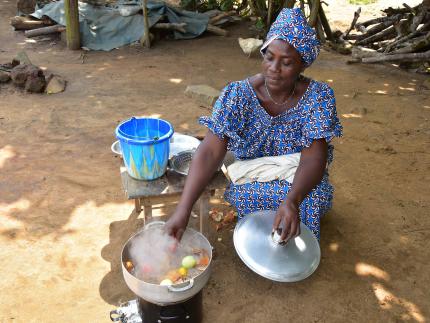
Improved cookstoves, Ivory Coast
Many households in Ivory Coast cook over open fires, leading to high fuel use, deforestation, and indoor air pollution. This project provides cookstoves, improving health and reducing carbon emissions.
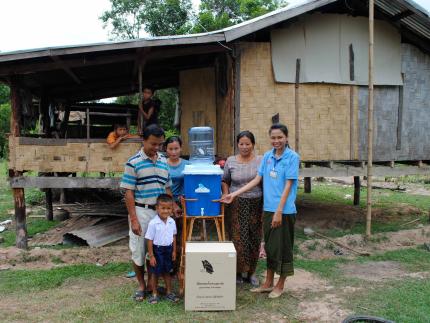
Clean drinking water, Laos
80 percent of households in Laos rely on boiling their drinking water to prevent gastrointestinal diseases. This project distributes ceramic water filters to provide clean drinking water to rural communities.
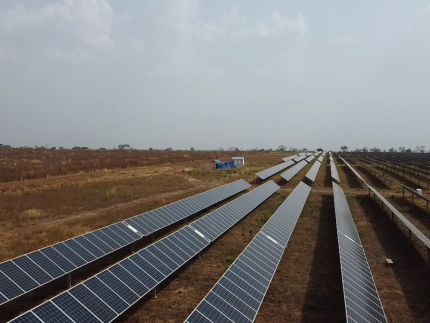
Solar energy, Togo
Energy from fossil fuels still dominates globally. This solar project in Togo reduces dependence on fossil fuels, firewood, and charcoal, reducing carbon emissions and improving access to renewable energy.
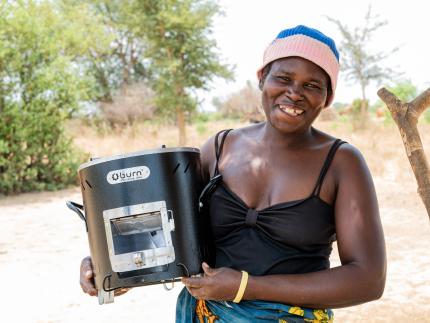
Improved cookstoves, Zambia
In Zambia, household air pollution is a major health risk, often caused by cooking over open fires. This project provides improved cookstoves to households using wood fires as their energy source.